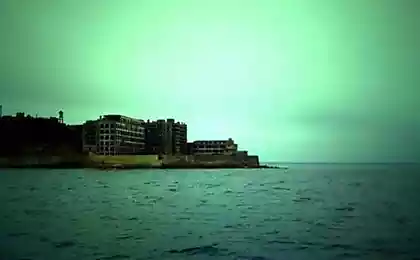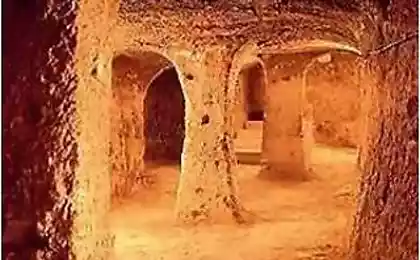1557
Facts about the ancient wonders

Originally there were seven wonders of the world, but to date, only one survived. Fortunately, throughout the world you can find some very good replicas or other objects made in the image of the originals, so that we can personally imagine how would look most of them. Looking at these pictures, it becomes clear why they were considered the great wonders of the world. Below are some interesting data about the wonders of the world, which can be found in the ancient world, especially in the territory of today's Rome, Greece and Ethiopia. 10. Pyramid of Cheops 2584-2561 biennium. BC. - Currently vremya
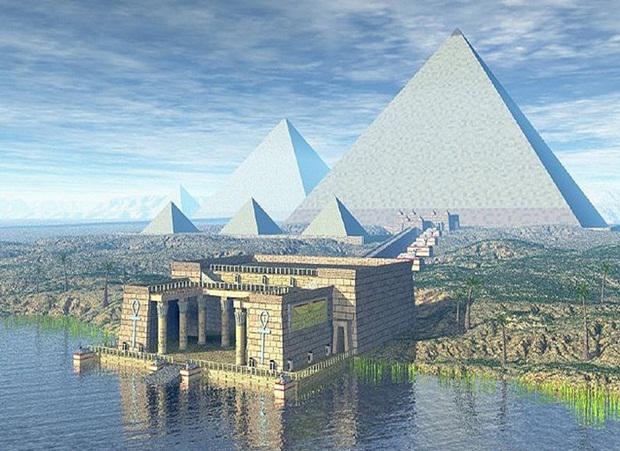
It is the only extant wonder of the world of the seven that were originally. Although you can look at it now, you still will not be able to look at its original appearance. The entire pyramid was covered with tiles of polished white limestone, it sparkles under the harsh sun of Egypt. Unfortunately, in 1300 the majority of earthquake loosen tiles and dismantled for the construction of mosques. 9. Gate of Ishtar (Ishtar Gate) 575 BC - Currently vremya
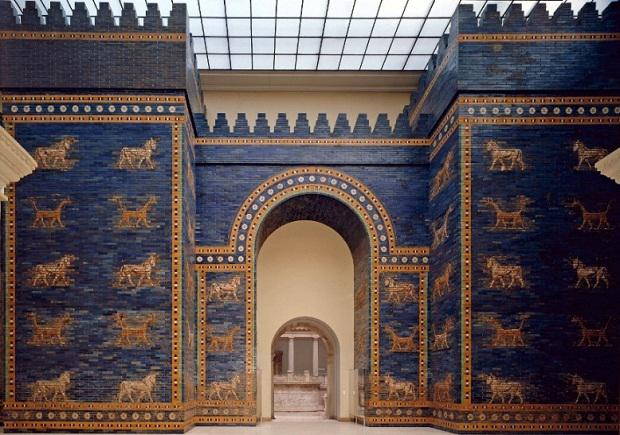
As part of the walls of Babylon, Ishtar Gate (the eight gate in the inner city of Babylon) have found their place on the list of Wonders of the World. Part of the walls preserved to this day, and the rest were restored. In 1930, Berlin was built a replica of the gate Ishar, based on the original form. That it is shown in the photo. Replica looks great and if it set up on its original place in the reconstructed wall - Ishtar Gate undoubtedly would have become a modern wonder of the world. 8. Temple of Artemis 550 BC - 262 g n.e.

This photo shows the layout of the reconstructed Temple of Artemis - built in honor of the daughter of Zeus (Roman equivalent is Diana). The temple was rebuilt three times, but in the end, it was completely destroyed by the raids of the Goths, who looted it and set fire to the remains. Unfortunately, all that survived to this day is one column, collected from the ruins. 7. The Statue of Zeus at Olympia 435 BC - 5th / 6th century n.e.
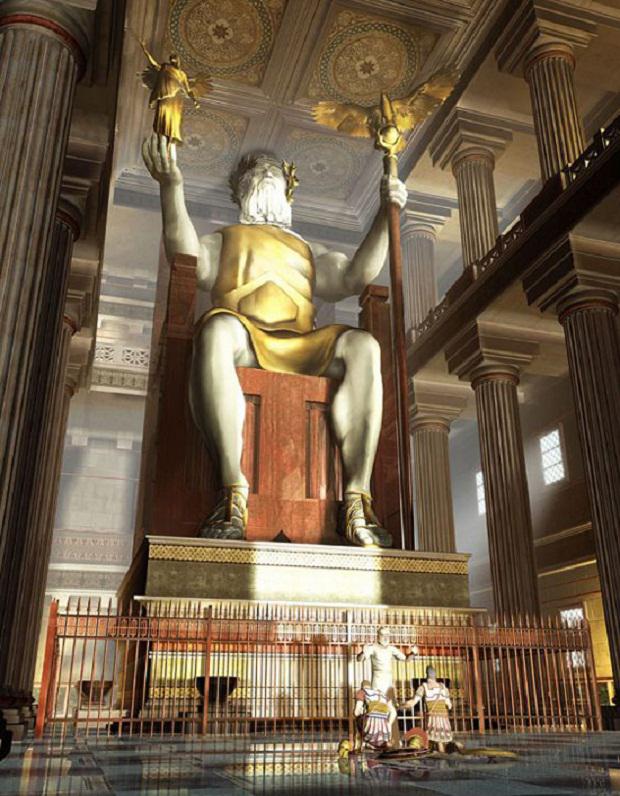
This huge statue was located in the temple complex dedicated to Zeus - the supreme god of the ancient Greeks. The statue was so massive, that according to legend, would have to brake the roof of the temple, if Zeus stood up to his full height. It was made entirely of ivory and gilt bronze - so you can only imagine how much spilled its construction. As the statue was lost or destroyed it is not clear, but most likely it was burned in the fire, which destroyed the temple. 6. The Mausoleum of Halicarnassus 351 BC - 1494 n.e.
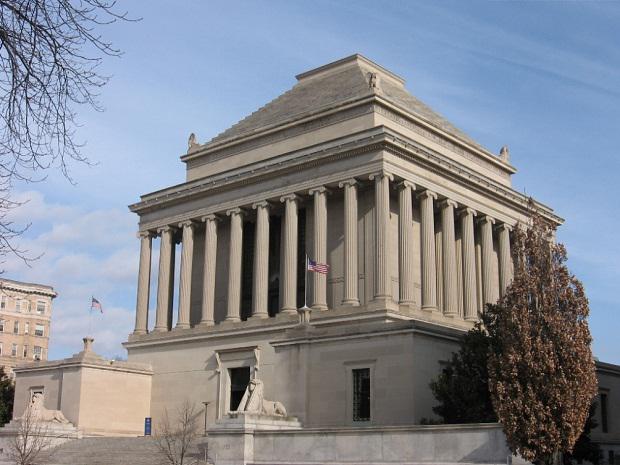
The photo depicts the Temple House (House of the Temple), located in Washington (DC). In it is "Scottish Rite of Freemasonry» (Scottish Rite of Freemasonry), or more simply - there are going to Masons. It has been specifically designed to be exactly like the lost Mausoleum at Halicarnassus. The original mausoleum was built for Mausolus (Mausolus) - Persian governor. He was so beautiful that it went from the modern word "mausoleum", indicating burial overhead. Earthquakes eventually destroyed it, and the Knights Hospitallers used the remaining stones to strengthen their locks. 5. The Colossus of Rhodes 292/280 BC - 226 BC n.e.
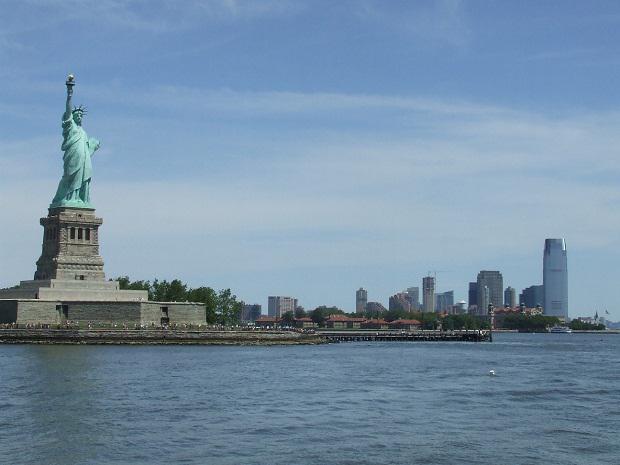
You're probably wondering - where does the Statue of Liberty? This is because it has been designed and built to the scale and design of the original Colossus of Rhodes (at least on the scale of the Colossus of Rhodes, in accordance with the idea of them people of that time). The Statue of Liberty can give at least a vague idea, so great was the Colossus - in ancient times, he was undoubtedly the greatest miracle. Earthquake in Rhodes in 226 BC It tumbled down the statue, which was lying on the ground next 800 years. In the end, the Muslim conqueror sold the remains of a Jewish merchant, who in turn sold them to pieces. 4. Lighthouse of Alexandria in 1303 BC-1480 n.e.
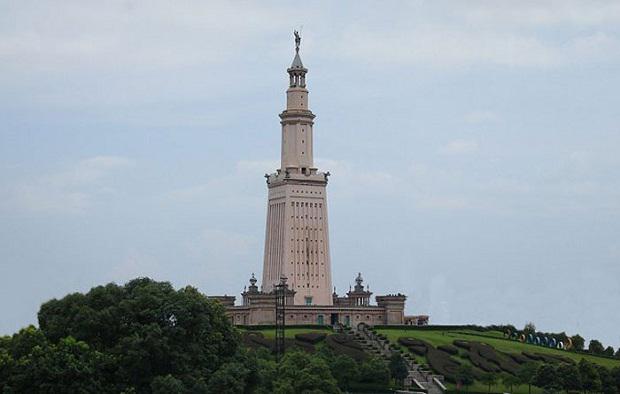
The photo shows a copy of the Alexandria lighthouse in full size, which can be seen in China. The original lighthouse stood on the island of Pharos, and was designed specifically to seafarers was easier to call in the port of Alexandria. Like many miracles in this list, the lighthouse was destroyed by an earthquake and, in the end, in his place, and the ruins of its medieval castle was built. 3. Axum Obelisk 4th century BC. e - currently vremya
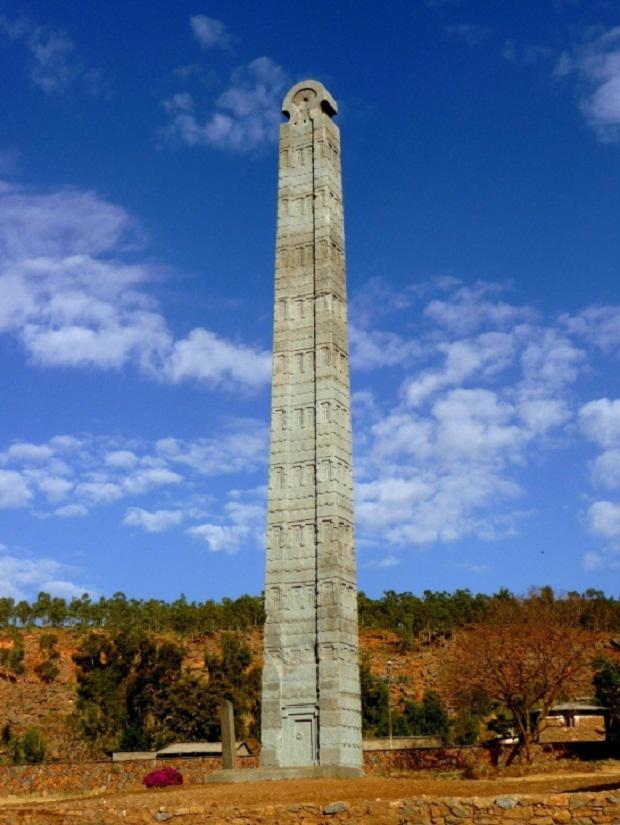
Axum Obelisk is included in this list, because it is actually a wonder of the world, but, whether because of the fact that Ethiopia is too far away, or because a guide for tourists have been recorded only seven wonders - about it in few places mentioned. The obelisk was created as a marker for the burial place (there are many like him obelisks). In 1937, the Nazis, who conquered Ethiopia, disassembled it and took him to Rome, but when the relationship between the present-day Ethiopia and Italy warmed in 2005, he was repatriated. 2. The Coliseum (Colosseum) 70 - 80 years. BC - Currently vremya
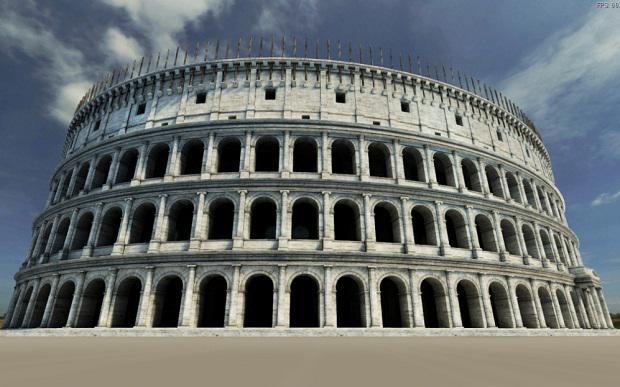
In this photo, the great Roman Colosseum is depicted as it was before 1349, when a powerful earthquake caused irreparable damage to its structure. After the earthquake, it was used for religious orders rites for family housing, it has even been used as a cemetery. Over time, it was stolen and stones used in the construction of other buildings. 1. Roman Baths 836 BC - Currently vremya
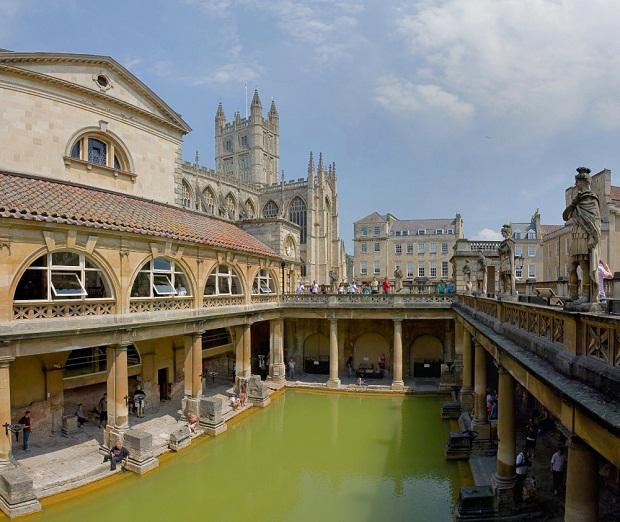
Famous Roman Baths in Somerset (Somerset) is the reconstruction of previously destroyed baths. In contrast to the rest of the miracles listed in this list, baths are still functioning historic buildings. The baths were destroyed in the 6th century. Over time, some of their parts were reconstructed, and the last change was made in the late 1800s. In fact, the baths were originally built by the British king Bladudom (Bladud). The Romans began to make changes in the design of the baths and their purpose only in the I-st century BC.
Source: www.bugaga.ru/interesting/1146735990-top-10-maloizvestnye-fakty-o-drevnih-chudesah.html

















